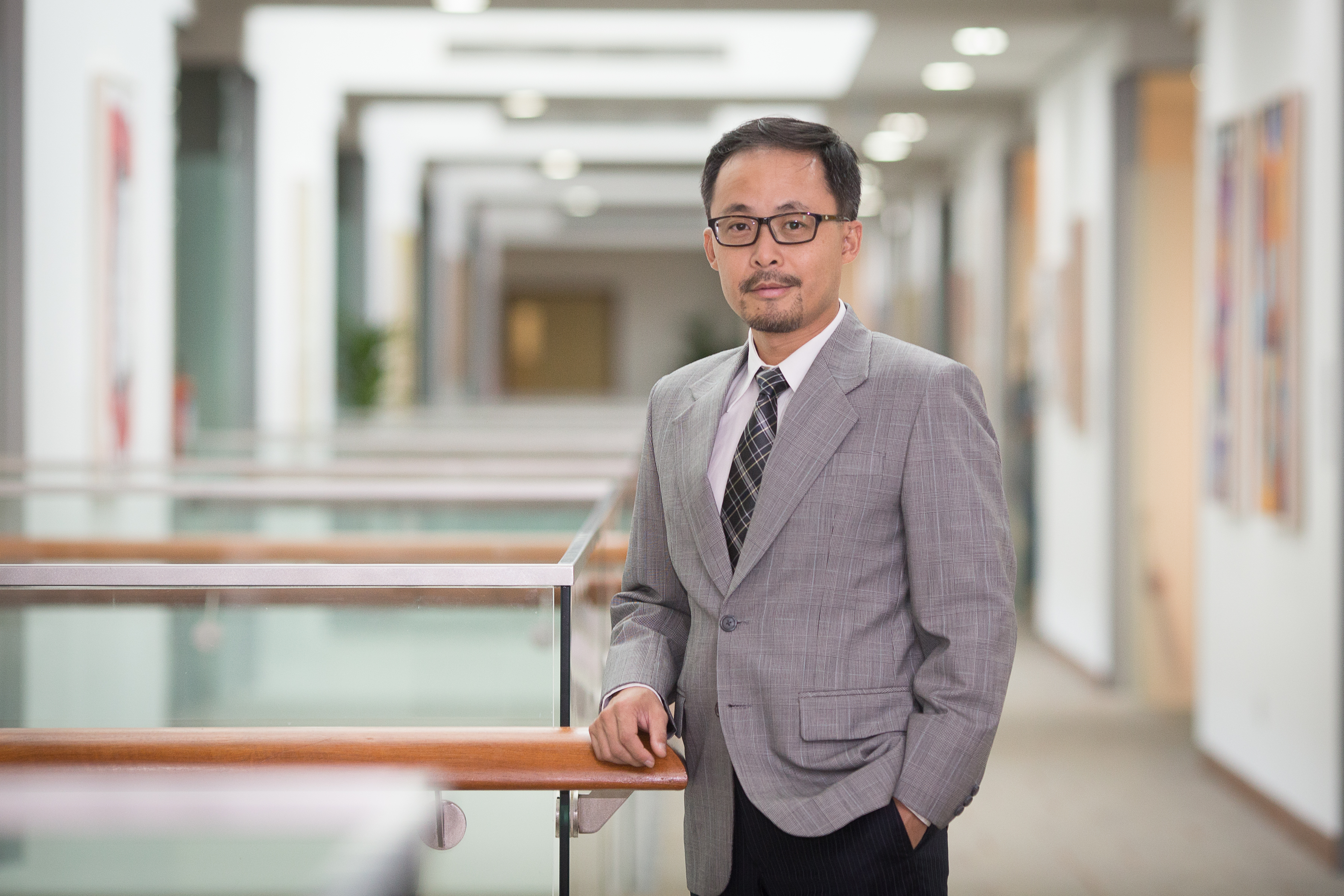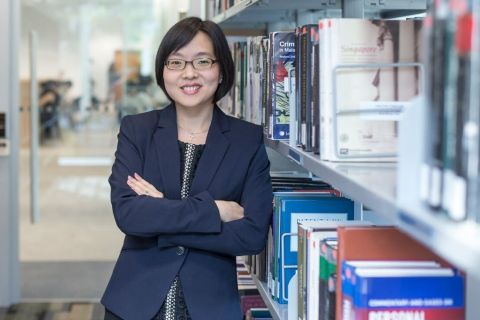
By Alistair Jones
SMU Office of Research & Tech Transfer – In China, agriculture continues to employ an outsize share of the workforce. According to the World Bank, agriculture employed 25.4 percent of China's total workforce in 2019.
Since the 1950s, there have been policies to modernise agriculture, a process that has accelerated in recent decades and seen huge population shifts as tens of millions of traditional smallholders have been pushed out of production or simply left the farm for more rewarding jobs.
The policy environment for smallholders continued to erode from around 2012, the beginning of President Xi Jinping’s administration, which implemented an ambitious rural development policy that augmented the role of larger-scale agribusiness and quickened the pace of urbanisation.
The latest official policy goal is described as 'rural revitalisation'.
“Revitalisation – actually, ‘vitalisation’ is a better translation – seems to be a very broad and loose term and has been interpreted in various ways,” says Forrest Zhang, an Associate Professor of Sociology at Singapore Management University (SMU).
“I think the main thrust behind this is to raise rural income levels and reduce rural-urban inequality, as a part of the broader project of ‘common prosperity’.”
Professor Zhang has been researching the changes in rural China since 2007. He was recently awarded a Ministry of Education Academic Research Fund (AcRF) Tier 2 grant for a three-year project that aims to discover the newest trends in China’s agricultural transformation, analysing their dynamics and effects.
“Some commentators assumed that the backdrop for this [latest] policy is rural stagnation or decline – hence the need for ‘re’-vitalisation. I think that’s a misunderstanding,” Professor Zhang says.
“The rural economy, both agricultural and non-agricultural, has seen significant growth. It’s just that it lagged behind urban growth, resulting in widening rural-urban disparities.”
Production characteristics
“Our research has shown and will continue to demonstrate that Chinese agriculture has gone through a series of profound transformations,” Professor Zhang says.
“A variety of new producers has emerged, new organisational forms have been adopted, new patterns of spatial distribution have risen, supply chains have been reconstructed, new capital and technology has rushed in, and even the smallholders have evolved into a new breed.”
While a great many smallholders have left the land for the cities, hundreds of millions continue to farm.
“The primary reason is that different agricultural products have different production characteristics and thus favour different organisational forms,” Professor Zhang says.
“For example, horticultural products (vegetables) are labour-intensive and skill-intensive, difficult to scale up; smallholders therefore continue to have advantages. But grains and livestock are the opposite.”
For many smallholders, the increased commercialisation of agriculture has been beneficial.
“With much improved logistic infrastructure and market institutions, smallholders can more easily sell their products to urban markets,” Professor Zhang says.
“This has spurred their shift from the low-value-added grain, which in the past relied on state procurement, to other higher-value-added products – such as meat, vegetables and fruits – which command much higher prices in urban markets.”
Entrepreneurs and capital
In a 2013 paper, which compared local models of agrarian transition in China, Professor Zhang posited that variations are primarily created by different conditions in the local political economy.
“Some of the observations [in that paper] are probably no longer valid. It’s an issue we want to update in this new project,” he says.
“But I think the basic message is still relevant, that is: choices made by the local government – on issues such as building market facilities, disseminating new technologies, managing land distribution and supporting various types of producers – will greatly shape the development pathways in the locality.”
Entrepreneurism has taken off in China with the shift to a market economy. Has it been an encouragement for rural workers to seek new and individual ways to continue working in the countryside?
“Definitely. The rural population in China has probably been more entrepreneurial than the urban population. The rise of e-commerce has given birth to a new wave of entrepreneurship in rural areas and this is a topic we’ll investigate in the new project,” Professor Zhang says.
Modernisation of agriculture in other developing countries has typically involved an influx of global capital, but in China the capital appears to be locally raised.
“There has been some global capital, but to a much less extent,” Professor Zhang says.
“The following conditions are important: [First], China has a huge domestic market in which domestic capital enjoys a variety of advantages, such as supply chain, product variety and technology; [second], China’s rapid economic development has created a large amount of domestic capital that can be invested into agriculture.
“[And third], agriculture requires a great degree of local knowledge – in dealing with local governments, land, local people – which global capital often does not have. If so many American tech giants can’t even survive in the Chinese urban market, there is even less chance in the countryside.”
Global context
China's agrarian transition has implications for Singapore's food security.
“China has become the largest food importer and the fifth largest food exporter globally. China’s food production, consumption and trade is now reshaping the global food regime,” Professor Zhang says.
“China’s rise as the new global ‘food import complex’ is realigning trading relationships and reshaping domestic production patterns. Thailand and Vietnam have both become among the top five exporters to China, mainly exporting fruits and vegetables.
“China is also the number one agricultural export destination for Malaysia, Indonesia, Australia and the US, which also happen to be the four largest sources of Singapore’s agricultural imports (China is the fifth).
“The demand from the Chinese market will not only intensify the competition for agricultural product with Singapore, it can also dictate what products are being produced and how resources are allocated. Singapore’s food security therefore must be understood in this new global context.”
According to Professor Zhang, Chinese agriculture has been a success story that is often overlooked when people talk about China’s economic success.
“There are, of course, many challenges: overuse of fertilisers, declining water table in some regions, environmental pollution created by large-scale livestock production, declining grain production, impact of climate change and an ageing agricultural labour force,” Professor Zhang says.
“If I were to select one biggest problem, then it’s still the low land-to-labour ratio. In other words, still too many people working on the land, and too small scale for many producers.”
Professor Zhang's project team includes a group of China-based researchers contributing local knowledge to the extensive field work, which is due to begin in December.
Back to Research@SMU May 2022 Issue
See More News
Want to see more of SMU Research?
Sign up for Research@SMU e-newslettter to know more about our research and research-related events!
If you would like to remove yourself from all our mailing list, please visit https://eservices.smu.edu.sg/internet/DNC/Default.aspx

